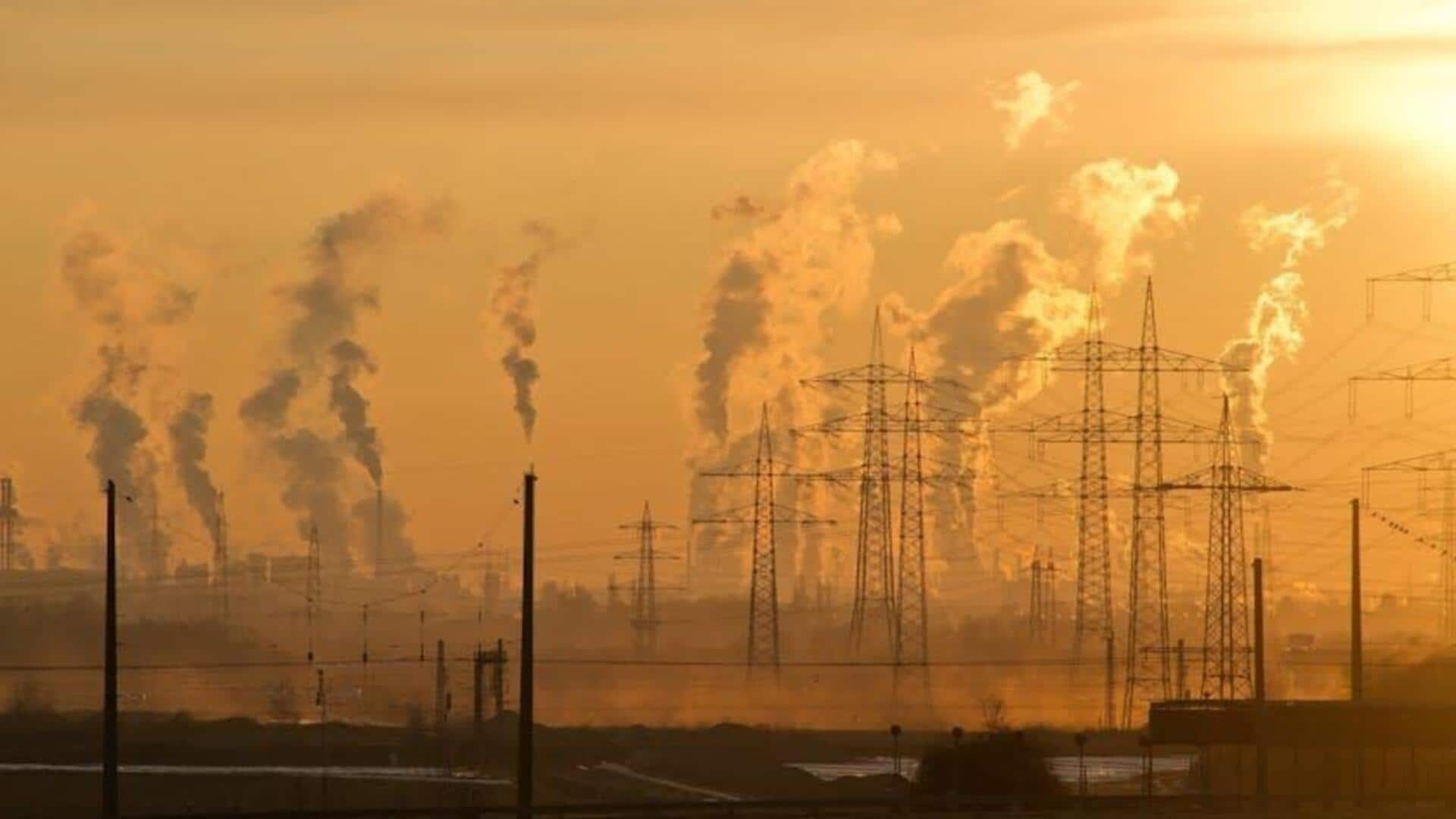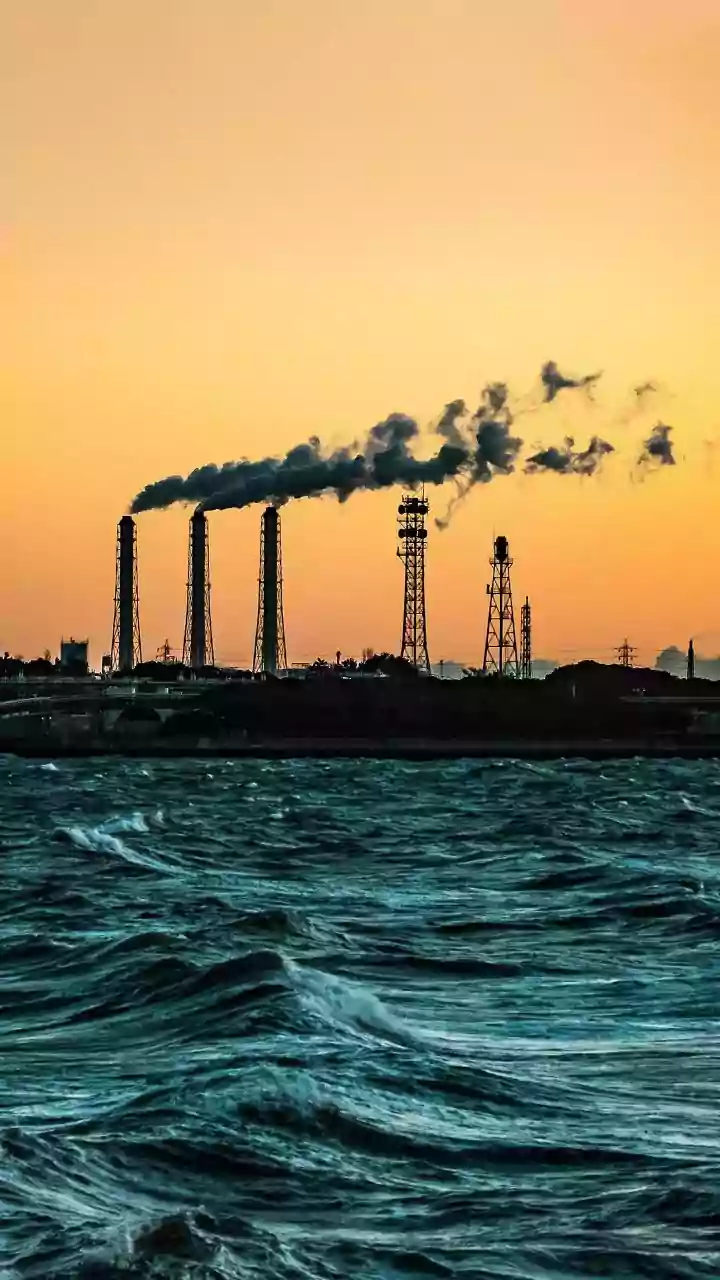Glaciers' Cooling Role
Glaciers play a vital role in maintaining regional and global temperatures by reflecting sunlight and cooling the surrounding air. When sunlight strikes
a glacier, a significant portion is reflected back into space due to the ice's high albedo, preventing the earth from absorbing the sun's energy and heating up. Moreover, as glaciers melt, they absorb heat from the atmosphere, reducing the temperature of nearby air. This process helps to regulate the climate in areas near glaciers. However, with climate change, glaciers are melting at an accelerated rate. This accelerates the rate at which glaciers will no longer have a cooling effect. This accelerated melting process impacts the reflection of sunlight and has decreased the cooling effect. The loss of this cooling capacity can lead to warmer temperatures in these regions, with major climate change implications.
Melting's Impact Multiplied
The melting of glaciers has several interconnected effects, creating a cascading impact on the environment. As glaciers shrink, the amount of sunlight they reflect (albedo) decreases. This means more solar energy is absorbed by the Earth's surface, further accelerating warming. Furthermore, melting glaciers release large volumes of freshwater into the oceans, altering ocean currents and potentially affecting global weather patterns. This can disrupt ecosystems and cause sea levels to rise, which poses a severe risk to coastal communities and environments. The implications are far-reaching. The accelerated melting will cause a rapid change in the climate, which will accelerate the issues the planet faces.
Local and Global Consequences
The consequences of glaciers losing their ability to cool air are both local and global. Regionally, areas near shrinking glaciers will experience increased temperatures, leading to potential increases in wildfires, droughts, and heatwaves. These events can affect agricultural production and increase the risk of water scarcity. Globally, the loss of glaciers' cooling capacity will contribute to overall global warming. Increased melting also raises sea levels, which will threaten coastal areas. This shift can cause increased climate instability, increasing the frequency and intensity of extreme weather events around the world. Efforts to mitigate climate change are becoming more urgent as the negative impacts continue to become more apparent.
Factors Accelerating Decline
Several factors accelerate the decline in glaciers' ability to cool the surrounding air. The primary driver is climate change, which is caused by the release of greenhouse gases into the atmosphere. Higher temperatures lead to increased melting rates, diminishing the reflective properties of glaciers. Air pollution, particularly the deposition of black carbon on glaciers, also plays a significant role. Dark particles absorb sunlight, accelerating melting. Deforestation and land-use changes also contribute by reducing the capacity of the land to absorb carbon dioxide and increasing the warming. This results in a feedback loop where these factors reinforce each other, leading to accelerated glacier melt and a reduction in their cooling capability. These compounding elements underscore the complex nature of the climate crisis.
Mitigation and Adaptation
Addressing the decline in glaciers' cooling capacity requires a dual approach of mitigation and adaptation. Mitigation involves reducing greenhouse gas emissions through various means. This includes transitioning to renewable energy sources, improving energy efficiency, and implementing sustainable land-use practices. Adaptation strategies are crucial for managing the impacts of glacier melt. This includes developing early warning systems for floods, droughts, and heatwaves. Moreover, strengthening infrastructure to withstand the changing climate conditions is vital. These strategies help to minimize the harm from climate change. Collaboration between governments, organizations, and individuals is essential for implementing these strategies effectively.
Future Outlook and Hope
The future outlook for glaciers and their ability to cool the air remains uncertain, but it largely depends on the success of efforts to curb climate change. If substantial emission reductions are achieved, the rate of glacier melt can be slowed, and their cooling effects may be partially preserved. If no major action is taken, the outlook is grim. Increased warming will significantly diminish glacier size. The loss of their cooling ability will exacerbate the climate crisis. While challenges exist, there is still hope. Collective action and a commitment to sustainable practices can help to preserve these critical ecosystems. By acknowledging the crisis, and acting on the issues, a more sustainable future is still within reach.









